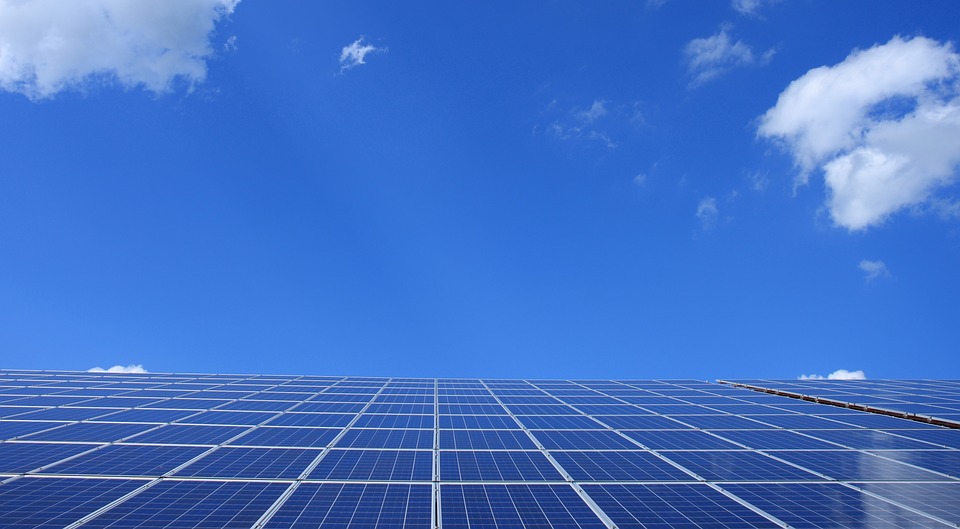State’s Cornfields Could Be Solar Stars
100 times more energy planting solar farms rather than corn for ethanol, report finds.
About 1 million acres of Wisconsin farmland produces corn for ethanol fuel, but an environmental group says the land could produce 100 times as much energy if planted with solar farms instead.
In addition, it would take less than one-third of the land currently used for ethanol corn to house enough solar generation to eliminate carbon-based energy in the state by 2050, according to Clean Wisconsin. The organization released a report Tuesday comparing the efficiency of using farmland to grow corn for ethanol with using it for solar power.
The report calculates not just the energy produced by corn compared with solar arrays on the same amount of land, but also the energy inputs involved: growing, harvesting and processing corn into ethanol, and manufacturing and installing solar panels.
“When accounting for inputs, the net energy production of solar is over 100 times that of corn ethanol,” Mathewson said.
Raising corn requires the use of pesticides and nitrogen fertilizer, Mathewson said, and nitrogen is a widespread groundwater contaminant. Working the land to raise corn can disrupt soil and lead to erosion, further threatening the health of water bodies and drinking water quality, he added.
Ethanol advocates promote its byproducts as a source of animal feed. Mathewson said that even “assuming 100% of it is ultimately used for feed or ethanol—which it is not—solar is still 20 times more efficient” than using the equivalent acreage for ethanol.
In a 2021 national survey from Purdue University, more than half of the offers that farmers received to lease land for solar generation were for $750 an acre or more, noted Amy Barrilleaux, Clean Wisconsin spokeswoman.
“Corn fluctuates year to year and profits to farmers is complicated by government payments,” Barrilleaux told the Wisconsin Examiner. “But our understanding is that net corn profits are typically less than $600 per acre, putting a good corn year on the lower end of solar leases.”
In a pair of reports last year Clean Wisconsin and RENEW Wisconsin calculated that the state would need up to 280,000 acres of solar farms to meet a goal of carbon-free energy by 2050 — one-third of the acreage used to grow ethanol. Solar arrays occupy about 3,500 acres of land in Wisconsin now.
“To build a healthier future for our kids in rural and urban communities alike, we urgently need more solar projects in Wisconsin,” Chelsea Chandler, director of Clean Wisconsin’s climate, energy and air program, said in the organization’s press announcement. “This study demonstrates that we could use a fraction of the land currently used to grow corn for ethanol and instead build solar farms that create abundant clean, homegrown energy.”
Report forecasts clean-energy boost from turning cornfields into solar power fields was originally published by the Wisconsin Examiner.






















All about clean energy, but using 280,000 acres of Wisconsin farmland for utility scale solar is crazy unless there is a significant benefit to the commons. The only winners here are utilities (WEPCO, Alliant, etc.) and developers like Invenergy. FYI – farmers are getting screwed at $750/acre. An operational rate of $1400/acre would be more than fair.